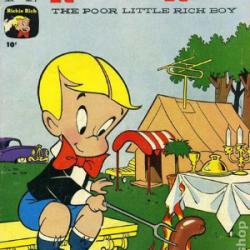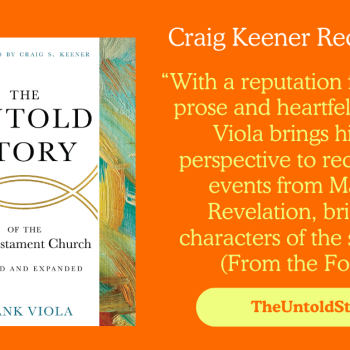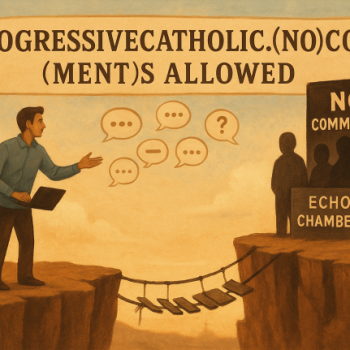What this means is that most Mormon literature can be defined right out of the category of "literary fiction," which privileges individual vision, subversive irony, and an alienated perspective. For the Mormon writer, by contrast, it is precisely the accessibility of the genres that makes them successful cultural figures for an affirmative performance. The value of the approach I've been outlining—that is, a critical attention to the Mormon relationship to artistic form—is that it allows us to understand these writers and interpret their work as meaningful in a Mormon context, rather than merely inert, or mere assimilation, or, worse, embarrassingly low-brow. Mormon writers embrace received forms through the superior performance of the same to affirm a cultural ethos of communal partaking. And it certainly doesn't hurt if the love interest takes off his shirt now and then.
- Trending:
- Pope Leo Xiv
- |
- Israel
- |
- Trump
- |
- Social Justice
- |
- Peace
- |
- Love
Oxymormon: LDS Literary Fiction and the Problem of Genre
more at patheos





